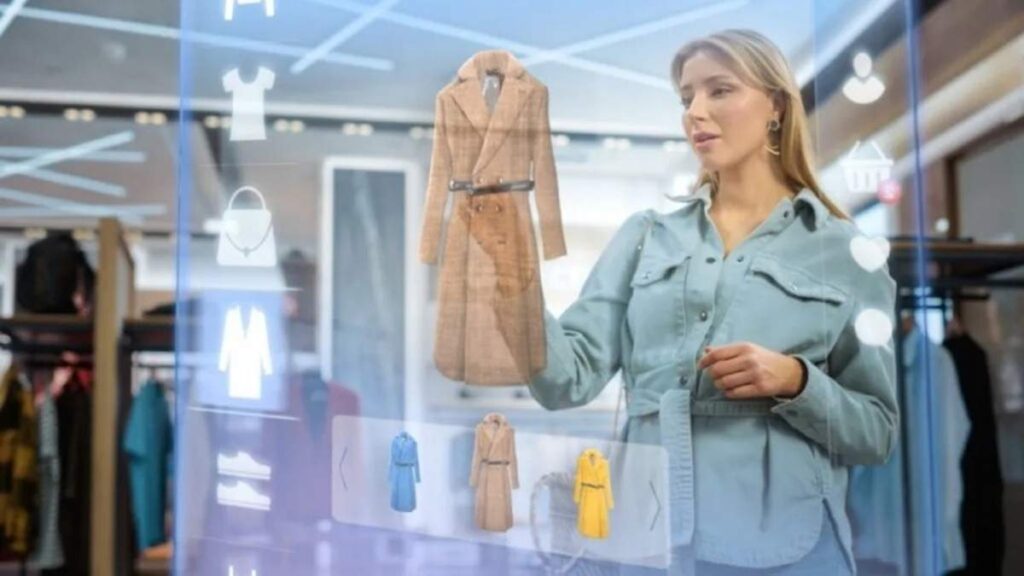Introduction to In-Store Entertainment
Creating a memorable and engaging shopping experience is more important than ever in today’s fast-paced retail landscape. With increasing competition from physical and online platforms, retailers must find innovative ways to captivate their customers. One such powerful method is through in-store entertainment, a multifaceted approach that can transform a simple shopping trip into a comprehensive sensory experience. These elements are not merely decorative but integral to connecting emotionally with consumers, enhancing their in-store time while subtly guiding purchasing decisions.
Historically, retail spaces were designed primarily for efficiency, focusing on product display and sales. However, the modern consumer’s needs have shifted, demanding goods and experience. Digital technologies and a greater understanding of consumer psychology have propelled the trend toward making shopping more than just a task and, instead, a memorable event. Entertainment integration within retail is a testament to the evolving market, where experience is as valued as the product.
The Role of Music in Shopping Behavior
Music is a universal language affecting mood and emotion, making it a powerful tool in retail. The fitting soundtrack can transform the ambiance of a store, creating a pleasant atmosphere that encourages customers to stay longer. Research has shown that different types of music can influence shopping behavior, with slower tempos typically leading to longer browsing times and potentially higher sales. This ranges from streaming TV for business to adding interactive digital displays that captivate attention.
Brand coherence is also crucial when selecting in-store music. The genre, volume, and tempo must align with the brand identity to create a seamless customer experience. For instance, a high-end fashion outlet might opt for classical or jazz music to emphasize elegance and sophistication. At the same time, a trendy, youthful brand could choose upbeat pop to energize shoppers. The careful curation of in-store music is essential for conveying a consistent brand message and setting a conducive mood for purchases.
Digital Signage: Engaging Customers Visually
Digital signage has emerged as a dynamic medium for enhancing visual communication within stores, offering much more than traditional static displays. It allows retailers to update real-time content, share promotional offers, and engage customers with high-impact visuals. By capturing shoppers’ attention through bright, moving images and timely information, digital signage informs and can drive impulse buys by showcasing promotions or new product launches as shoppers make their way through the store. According to a study by the National Center for Biotechnology Information, music can subtly influence the pace customers move through a store, their willingness to engage with products, and even their perception of time spent shopping.
Beyond advertisements, digital signage can serve as an educational tool. Retailers use it to provide detailed product information, thus enhancing customer understanding and aiding decision-making processes. This transparency can foster trust and encourage customers to make informed purchases. Furthermore, digital signage can improve navigation, guiding customers through larger stores and enhancing their overall shopping experience.
Interactive Experiences: A New Era for Retail
As consumer expectations evolve, retailers embrace interactive experiences to engage customers more deeply. Technologies such as augmented and virtual reality are being implemented to create immersive shopping experiences where customers can visualize products in their personal space or try them on virtually. This not only adds an element of fun and novelty to shopping but also assists customers in making better-informed purchasing decisions.
For example, a beauty retailer might employ interactive kiosks where customers can virtually try different shades of makeup, receiving instant recommendations based on their preferences. Similarly, a furniture store could use augmented reality to show customers how furniture pieces would look in their homes, enhancing the likelihood of a purchase. These technologies are about showcasing products and creating a dialogue with customers, making them feel actively engaged in the shopping process.
How Businesses Benefit from Customer Engagement
Customer engagement is a critical metric for retail success, and the strategies discussed significantly contribute to improving it. When customers are engaged, they tend to spend more time in stores, leading to increased sales and higher conversion rates. The personalized experience created through music, digital signage, and interactive technologies can differentiate a brand in a crowded market, fostering loyal customer relationships.
Engaged customers are also more likely to become advocates for the brand, sharing their positive experiences through word-of-mouth or social media. This organic promotion is invaluable in the competitive retail landscape, often becoming a deciding factor for potential customers choosing between similar offerings. As retailers continue to innovate and embrace in-store entertainment, they will likely see these benefits reflected in their bottom line.
Challenges and Considerations in Implementing In-Store Entertainment
While the benefits of in-store entertainment are compelling, implementing these strategies has its challenges. Financial investment in technology can be substantial, and maintaining these systems requires ongoing resources. Additionally, integrating new forms of entertainment into existing retail layouts can present logistical challenges. Retailers must balance entertainment elements and shopping convenience, ensuring they complement rather than distract from the shopping experience.
To overcome these challenges, retailers must strategically plan their entertainment offerings and align them with their brand strategy and market objectives. Regularly updating entertainment strategies and staying attuned to customer feedback can help refine these experiences. A well-executed in-store entertainment plan will ultimately enhance the shopper’s journey, resulting in improved business performance.
Future Trends in Retail Entertainment
The future of in-store entertainment looks toward further technological advancements and personalization. As technology becomes more sophisticated, consumers can expect more tailored experiences that cater to individual preferences and behaviors. Artificial intelligence and machine learning are set to play a more significant role in personalizing retail experiences, offering real-time recommendations tailored to individual shopper profiles.
Additionally, emerging technologies such as virtual reality will allow retailers to offer immersive experiences that extend beyond physical space constraints. According to Forbes, these innovations blur the lines between digital and physical retail, creating seamless and engaging interactions that resonate with modern consumers. This forward-thinking approach is set to redefine the retail landscape, ensuring brands stay relevant and continue to meet the evolving needs of their customers.
Conclusion
In-store entertainment is not just a trend; it is becoming an integral part of modern retail strategy. By incorporating elements such as music, digital signage, and interactive experiences, retailers can enrich the shopping experience, making it more enjoyable and memorable. Although challenges exist, the significant benefits for customers and businesses justify the investment. As technology continues to evolve, so does the potential for innovation within retail spaces, promising endless possibilities for enhancing customer engagement and satisfaction.






